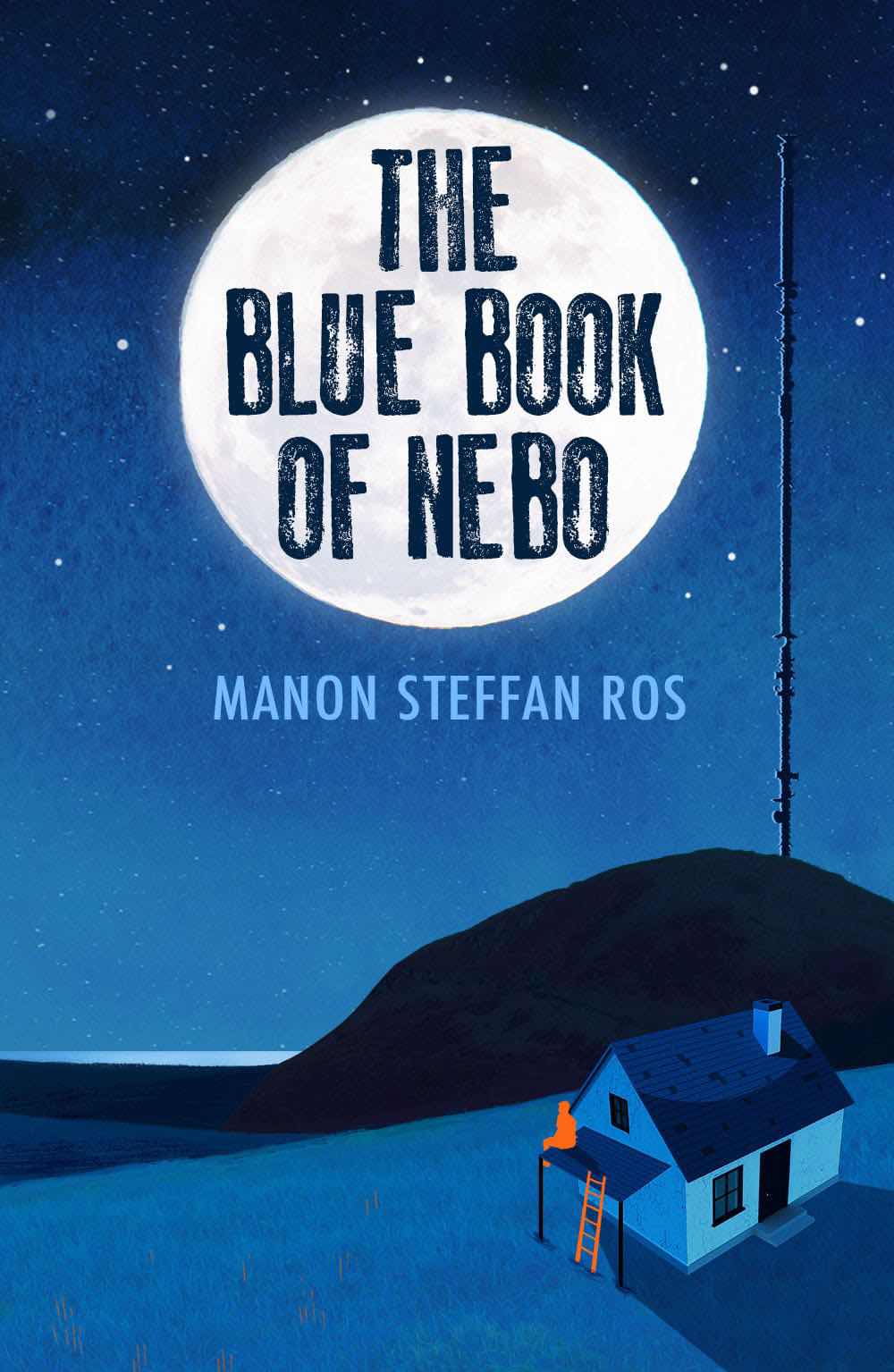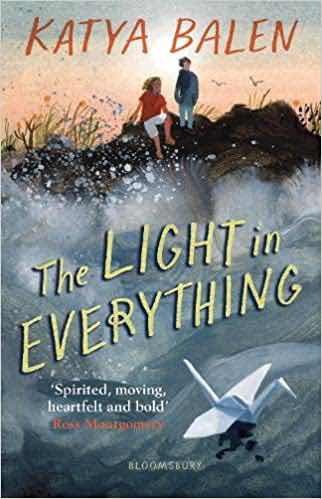Best of the best published in ‘22
Each of the children’s and young teen books I have reviewed this year has been outstanding in its own way. If it hadn’t been I wouldn’t have written about it. There may well be other wonderful new novels I have missed, but, of the ones I have read, these are my top twelve.
Images of images
This has been an exceptional year for illustrated fiction, by which I do not mean picture books or graphic novels, or even novels with a few illustrations, but ones where copious illustrations throughout form an integral part of the reading experience.
At the very top of the pile comes SF Said’s Tyger (reviewed in October), undoubtedly my favourite book this year. I don’t always like to follow the crowd, but in this case there is no choice. Staggering in its skilfully crafted, gripping narrative, it is a transcendental story, not simply underpinned with iterative reference to the poetry of William Blake but embued with his visionary spirituality, as well as his social conscience. It creates myth for our time and re-enchants our world as vitally as others wish to re-wild it. Dave McKean’s magnificent illustrations show just how much graphic images of real artistry can complement and enhance a text.
Jason Cockcroft’s Running with Horses (reviewed in August) is a study of close friendship as deeply affecting as it is disturbing. Gritty and violent in its almost hyper-realistic exploration of desperate deprivation, it nevertheless has a richly humane core, replete with understanding and compassion. A novel for teens rather than children, the illustrations, this time by the author himself, lift it into being a darkly beautiful and treasurabke book. Although perfectly readable as a stand-alone, it is actually a powerful sequel to the author’s equally stunning We Were Wolves, from last year.
The Worlds We Leave Behind by A.F. Harrold (also reviewed in August) almost blows your mind with its haunting and haunted mixture of realism and fantasy. It conjures a series of intensely experienced moments, switching shockingly between altered versions of existence, and yet pulls them together into flowing, viscerally exciting, storytelling. Its issues are very human, its ideas psychedelic. This is a book that will end up with thinking, as well as feeling, readers, even if it did not start with them. Here illustrations from the amazing Levi Pinfold fully complement the author’s sometimes almost poetic prose to create a breathtakingly brilliant reading experience for children or anyone older too.
Thinking differently
It is wonderful to see the significant increase in children’s books with neurodivergent characters, as well as those with wider representation of diversity and inclusion. There are still not enough of them, but some progress is better than none. Jessica Scott-Whyte’s The Asparagus Bunch (reviewed in July) certainly deserves a prominent place amongst these most welcome works, It succeeds brilliantly in making characters with Asperger’s (ASD) highly entertaining and often funny, without ever making fun of them. This bunch of children (Asperger’s Bunch/Asparagus Bunch - get it?) are hugely likeable and the voice of narrator (or supposed author), Leon, is quite beautifully caught. Other characters, especially his two mates, leap into endearing life too. It is a book that will help develop understanding and empathy, even as it engages and delights, showing joyfully just how much value differently-thinking people can bring, both to our literature and to our world.
The human spirit



Landscape and legend
The Blue Book of Nebo by Manon Steffan Ros (reviewed in January) was my favourite book of the year until Tyger came along - and it still pushes it close. In fact, as this one is more suitable for a slightly older audience, I think I can say it is my favourite teen book of the year. In this post-apocalyptic tale sentence after sentence is highly original and beautifully wrought. The narrative of a boy and his mother, a boy and his life, is as uplifting as it is harrowing. It is at once quintessentially Welsh and completely universal. Its cover illustration by Becka Moor, with the tiny, bright figure looking out over a minimalist blue landscape, seems to capture the book’s spirit wonderfully. It is an exquisite masterpiece of literature,
For me (and, I think, many others) Katya Balen is already established as a great writer. Her latest book, The Light in Everything (reviewed in April), only serves to compound this. Her beautifully crafted, economical prose has incredible power and effectiveness. Although darkness permeates the book, it is, as its title suggests, ultimately an uplifting testament to the strength and light of the human spirit. It is as beautiful as it is brave and original.
I hold Wolf Hollow, from outstanding US author Lauren Wolk, in such high esteem that I was worried when she produced this sequel, My Own Lightning (reviewed in May) lest it fell short. Any concerns were soon dispelled. Even though it could be read as a stand-alone, it is dependent on knowing the first book for its full impact - but that impact is profound. A slow, reflective read, rather than a roller-coaster adventure, it is the beautifully-crafted exploration of a young girl’s sensitivity to both nature and to other people; another moving and uplifting celebration of the human spirit.
Three books stood out to me this year as great examples of the fine post-Garner tradition of children’s literature; that is, they draw richly on British landscape together with its legends and folklore.
Finbar Hankins made a big impression on me with Witch, his powerful teen historical novel, published in 2020. Although loosely linked in some clever ways, his latest, Stone (reviewed in September), is not a sequel, but an equally strong and engaging work. This time with a contemporary setting, albeit tinged with ancient magic, it is a deeply affecting study of loss and grief, told with simple but penetrating language and rich metaphor. Its combination of earthiness and sensitivity underlies a masterly, compulsive narrative.
Tanya Landman has also made a well-deserved name for herself with strong historical novels for teens. Recently though, she has turned to a slightly younger audience and Midwinter Burning (reviewed in November) is another exciting example.
Her WWII evacuee story starts off as a peon to the joys of the English countryside. However, after its protagonist somehow conjures up a friend from the landscape’s prehistoric past, it turns into something much stranger and darker. Its narrative draws on the potency of an ancient megalithic circle, with its present and past associations, to explore willing sacrifice, both patriotic and personal. A very fine book.
Berlie Doherty is one of the treasured names in UK children’s literature, and over the years has added many splendid titles to the canon. Now here is another quiet triumph in her recent The Haunted Hills (also reviewed in November). If this novel, set in deepest Derbyshire, has a slightly old-fashioned feel, then it is old-fashioned in the best of ways. Language and narrative skills, honed to perfection with experience, work to combine remarkable understanding of the young teen psyche with deep human compassion. In a compelling novel of strong friendship and traumatic loss, landscape and inscape enhance each other in illuminating symbiosis.
Supreme storytelling
My final two unmissable books are not as deeply meaningful as the other choices, but they fully merit their place here through outstanding writing, storytelling and imagination.
In The Chestnut Roaster Eve McDonnell uses language to startling effect to conjure up Nineteenth Century Paris. Even more so, to bring to vivid life the voice of her idiosyncratic but endearing protagonist, whose sparrow-like fidgets and flutters, both physical and mental. are quite brilliantly caught. Amidst a cast of vivid characters and atmospheric locations, the reader is immediately plunged into dramatic action, with tension only letting up very occasionally to heighten the authors gripping storytelling. I would have no hesitation in recommending this book strongly to any confident young reader; they would not only be royally entertained, but exposed to a model of wonderful writing at the same time.
With so much teen fantasy about, originality is hard to come by. So, when startlingly fresh ideas are combined with the quality of writing found in Ann Sei Lin’s Rebel Skies, it makes for a very special book. At heart, her story is built around enough classic tropes to feel familiar as sci-fi/fantasy, albeit with a distinctly orientalist vibe. However, the main premise of this exciting tale is a strange and beautiful magic that can create wondrous creatures, and indeed functioning machines, from paper. It is mystical origami as a superpower. This may sound far-fetched but, in context, it is totally convincing and the narrative is as compelling as they come. It all adds up to my favourite high fantasy of the year.